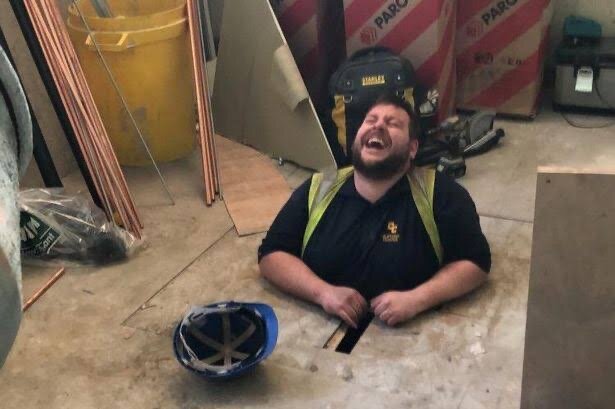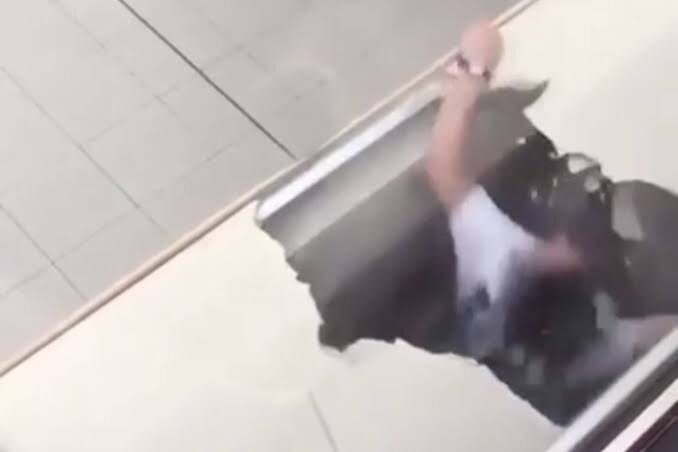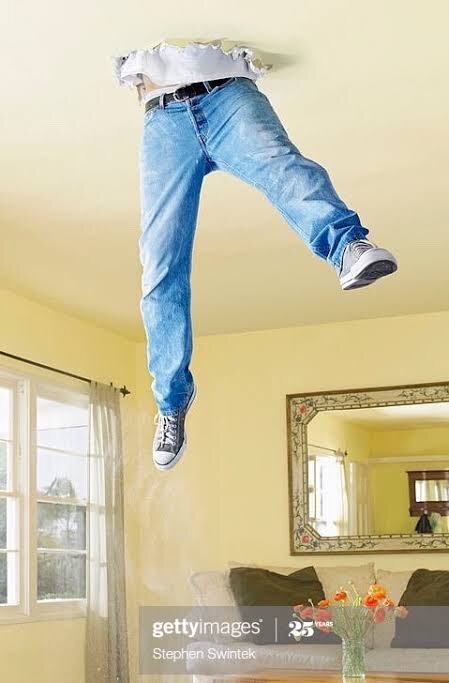Hi all,
I am working on a show where an actor needs to fall through the stage floor.
I am building a stage using 1200x2400mm rostra at 1m high. One half deck will be missing (1200x1200mm) and in that void we will frame up a new piece of fake “stage floor” that will be brittle and collapse under the weight of the actor.
I don’t want it to look like a swinging trap door on hinges - rather, I want the floor to break into pieces or shards. As if a sink hole opened up on stage or the floorboards collapsed under him. The actor will dramatically “sink” into the stage floor and disappear underneath it, as if being swallowed by quick sand.
But pleas note! The stage must appear, and be!, solid up until this moment.
I am considering having a breakable material on the surface, and a structural sheet directly underneath: this structural sheet can be withdrawn like a tray under the stage at the critical moment, so that the next time someone steps in that spot, the floor collapses.
I am seeking advice on a material that will collapse under weight, but will appear as flooring. Plasterboard has the right properties but the white core is a giveaway and it will not appear as timber/Masonite.
Can anyone suggest a good material that we could break and reset every night as our breakable stage floor?
Many thanks
I am working on a show where an actor needs to fall through the stage floor.
I am building a stage using 1200x2400mm rostra at 1m high. One half deck will be missing (1200x1200mm) and in that void we will frame up a new piece of fake “stage floor” that will be brittle and collapse under the weight of the actor.
I don’t want it to look like a swinging trap door on hinges - rather, I want the floor to break into pieces or shards. As if a sink hole opened up on stage or the floorboards collapsed under him. The actor will dramatically “sink” into the stage floor and disappear underneath it, as if being swallowed by quick sand.
But pleas note! The stage must appear, and be!, solid up until this moment.
I am considering having a breakable material on the surface, and a structural sheet directly underneath: this structural sheet can be withdrawn like a tray under the stage at the critical moment, so that the next time someone steps in that spot, the floor collapses.
I am seeking advice on a material that will collapse under weight, but will appear as flooring. Plasterboard has the right properties but the white core is a giveaway and it will not appear as timber/Masonite.
Can anyone suggest a good material that we could break and reset every night as our breakable stage floor?
Many thanks





